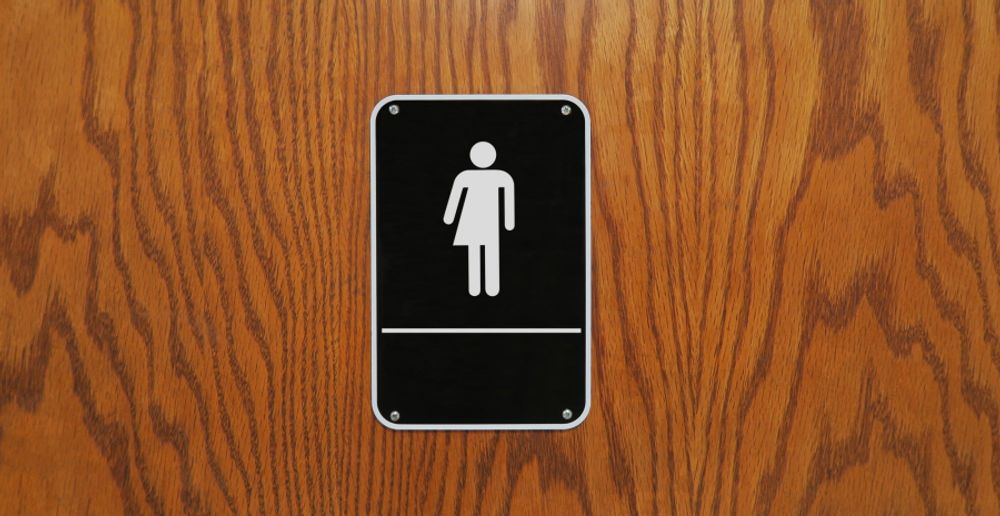

Regardless of where you stand on the transgender bathroom debate, here's what you should know.
"This is about taking care of our youth"
Transgender children who do not feel comfortable entering a bathroom of refrain from going at all, she explains to health, in addition to be stressful, can increase risk of urinary tract infection. “There are children who are extremely vulnerable especially in schools which is such a big part of our lives”

It's unclear how many children's identify as transgender
Local server from Massachusetts in 2016 and Wisconsin in 2015 found that of students pulled a respective 1.6 % and 1.5 % considered themselves transgender. The New York Times reported that the centres of disease control and prevention is not planning on adding a question about gender identity to its adolescent health survey and till after 2019, meaning it could be years until we have better National wide deta about transgender youths.
The transition process is different from everyone
Transition is a very personal process and can take years. The age that somebody understands themselves squared variable. Some children may be able to express that they identify with a different gender than the one they were assigned at birth by age 2 or 3. But for other children, it can take longer, especially if they don't feel a word to express their feelings.
They are more likely to express harassment and severe long term consequences
Students show transgender children are more likely to be an access and depressed and whatever or not the field supported in this gender identity may play a role in their well-being. Last year researchers analysed data found that 63 percentage of transgender patient ages 12 to 22 had a history of being bullied. And at 2016 study of about 250 lesbian gay bisexual and transgendered teams published in the American journal of public health found that LGBT youth who suffered harassment went on to experience lasting mental health damage including depression and post-traumatic stress disorder.
They have increased suicide risk
Transgender children and teens are more likely to attempt suicide than their fears of a due to bullying and transformer in their communities. The same study found that 30 percentage of transgender youth who visited the medical centre had a history of at least one suicide attempt, while almost 42% is reported a history of self injury.
An exciting environment helps
Supportive environment also lower attempted suicide rates. Research on transgender adress from 2015 identify the factors that appeared to help protect transgender persons from suicidal thoughts including social support, self-acceptance and being able to live according to their gender identity.




















